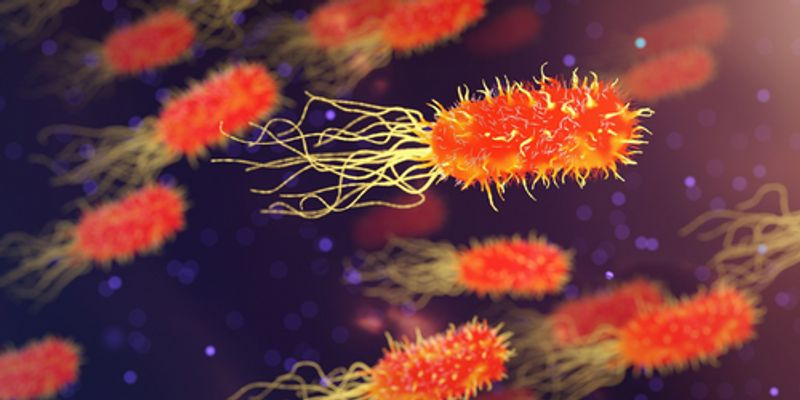Total bacterial count (TBC) estimates the number of microorganisms present in a specimen. TBCs are generated by quantifying colony-forming bacterial units (CFU) per unit of sample. TBC can be obtained by a standard method, which includes counting CFUs manually or a spectrophotometric method, which evaluates the amount of transmitted light produced by the culture.
-
Date: November 29, 2022 Time: 6:00am (PST), 9:00pm (EST), 3:00pm (CET) Antimicrobial resistance is an emerging problem in healthcare, and represents one of the most crucial challenges for th...
Neutrophils are the most abundant immune cells in human blood and are crucial for host defense against bacterial and fungal infections. Neutrophils are made mainly in the bone marrow from wh...
This drug development program is designed to create a family of broad-spectrum, pan-coronaviral drugs that respectively inhibit multiple key enzymes required for viral replication. By target...
Background: The vast majority of all genes are contained within the genomes of the prokaryotes, including the eubacteria and the archaea. These largely single-cellular domains of life thus...
Prodrugs are harmless in their native state, as they are not targeted by human enzymes. But they can be converted into highly toxic compounds (the “drug”) by viral or bacterial en...
DATE: February 27, 2018TIME: 8:00AM PST, 11:00AM EST The complexity of the manufacturing process of probiotic supplements, along with increased demand and strict criteria f...
Learn how technological advances with the DxH 800/DxH 600 analyzers are bringing practical solutions to problems faced by labs and their clinicians and patients. After the webinar you'll...







